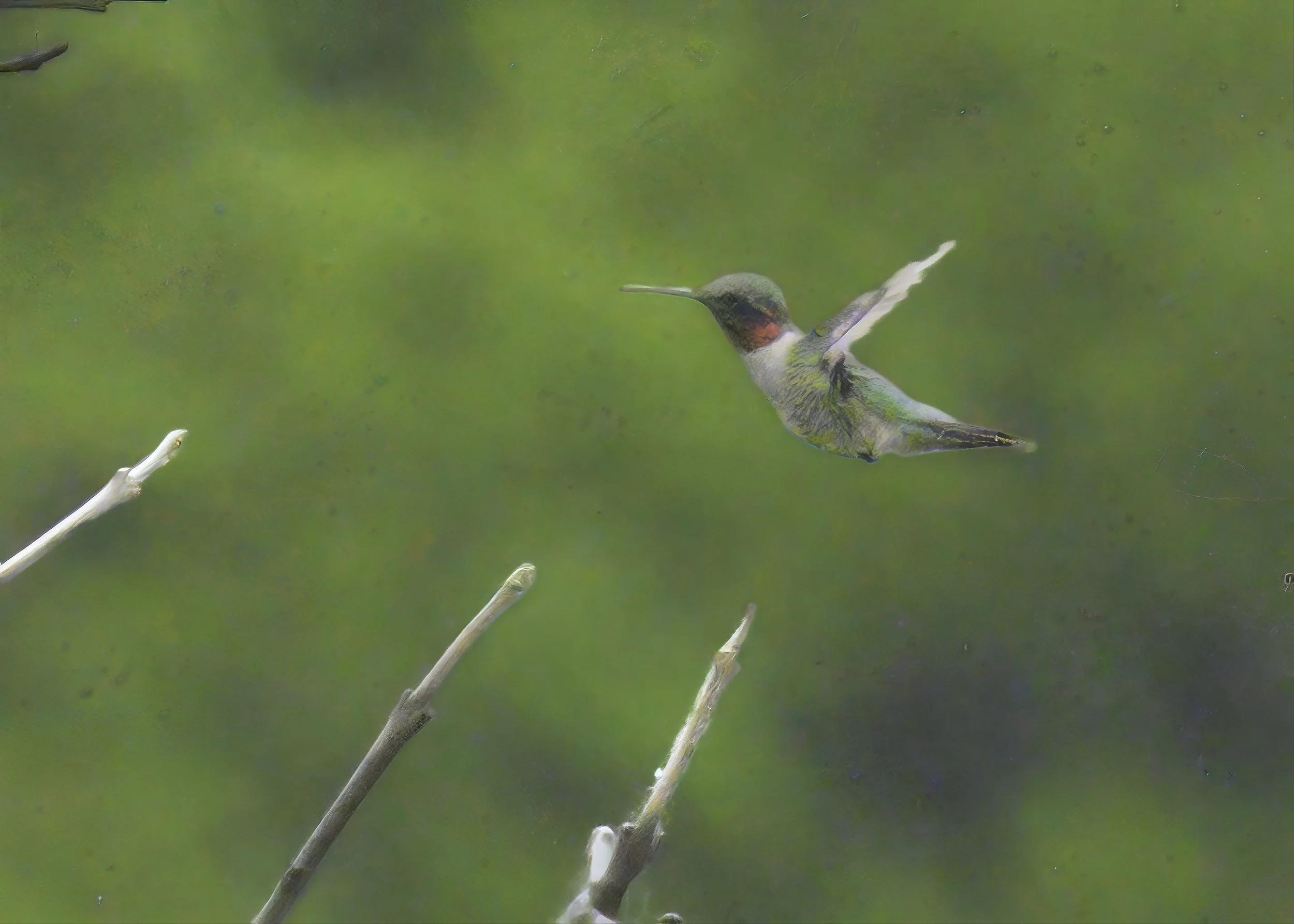Black Rock Forest
Black Rock Forest is located on Storm King Mountain between the villages of Highland Falls and Cornwall. Encompassing about 3,900 acres of mixed hardwood and evergreen woodlands, this location is a magnet for migrating and breeding bird species as well as mammals, reptiles and amphibians. Several large ponds and reservoirs attract ducks and other aquatic species making the forest an ideal location for birding, photography, and nature study in general. Black Rock is in fact a “living laboratory” dedicated to researching the ecosystems of forested habitat. Working with universities such as Columbia, local nature centers and museums and public and private schools in the area, Black Rock Forest is working to understand, preserve and protect this valuable resource.
I am here today as part of a guided Spring Migration Hike which Black Rock holds annually for its membership and guests. We began our day by driving back into the upper reaches of the park to an area known as the Stone House close to the center of the map seen here. Although much of the birdlife we found was high in the canopy, many of the trees were still lacking a great deal of foliage and the birds were often out in the open or in sparse vegetation. Two of our goals today were the Blue-winged warbler and the Scarlet tanager.
It did not take long before we began to hear the song of the Scarlet tanager. Perched high in the canopy, the bird sang a song that “sounds like a robin with a sore throat” just like the field guide books will tell you. Until the tanager hopped out onto a bare branch, it was surprising how a bright red bird could hide in dark green foliage. Eventually he did appear and gave us some nice albeit distant photo-ops. After our initial exuberance at seeing the target tanager, we soon became jaded to its call as it was one of the most prevalent sounds in the forest over the next 3 hours!
While a bit more muted than the tanager, another song we heard throughout the day was the “BEE BUZZZZ” of the Blue-winged warbler. It took us a while to locate the source of the call, but eventually (and then several times thereafter) we did see the bird emerge from the cover of the leaves and broadcast its song. Our leader informed us that you can get an idea of where the nest site of this warbler is by patiently watching the bird fly from tree top to tree top letting other member of his species know that this is his territory. By noting his position over time, it is possible to establish a perimeter within which the nest site is located.
Cedar waxwings are most often seen traveling in groups. When we sighted this collection (or a “museum” as they are called) of waxwings, it was actually one lone bird that drew our attention to the bare top of a tree. Someone in our group made the comment of how rare it is to see only a singleton of this species when all of a sudden, they all took flight and it was obvious that there were many more than we had first sighted. At least 10 are seen in the above photo and this only captured one area of the birds that had taken flight.
During the spring in this part of New York State, small ephemeral pools known as “Vernal Ponds” will develop from melting snow, “April showers”, and high water tables. It is in these ponds that many species of amphibians will renew the cycle of life by coming out of hibernation and “migrating” to the nearest body of water. Timing is everything for these amphibians. They must emerge from their winter slumber, find their way to the ponds, lay their eggs and have time for the young to evolve from tadpoles into adults all before the ponds eventually dry up. We found a number of frogs and salamanders in the water filled ditches along the roadside as wee hiked through the forest. Among the most prevalent was the beautifully patterned Eastern newt.
Reptiles such as turtles and this handsome 5 foot long Eastern ratsnake have also come out of hibernation to begin their spring foraging. Unfortunately for young hatchling birds, the rat snake is an excellent climber and his diet includes baby birds in their nests. As Steve Irwin used to say, “It’s Nature’s way”.
Two final bird shots from today’s outing…. This was my first Ruby-throated hummingbird of the year, so I felt obligated to include it into today’s gallery. This shot may not be worthy of hanging in a gallery, but it must be noted that this bird was quite distant and took a lot of enlarging and enhancing to get it to the quality where it is useful as a “documentation shot”. There ended up being two hummers in the same tree, but it was not possible for me to tell the sexes of the two, so I cannot say whether they were interested in one another as a possible mate, or if there was a possible question as to exactly who this territory belonged to . I never did see any adversarial interaction between the two, so hopefully they were just getting acquainted and had something more friendly in mind.
And last but certainly not least, and Indigo bunting. One of our most striking spring birds, the bunting is often heard at this time of year with its long drawn-out song referred to as an “excited warble, each note or phrase given twice”. One common mnemonic for remembering the Indigo bunting’s song is ,”Fire, Fire, Where?, Where?, Here!. Here!. See it, See it.”
Play the song by hitting the button below and see if you can relate the above mnemonic to the song.







